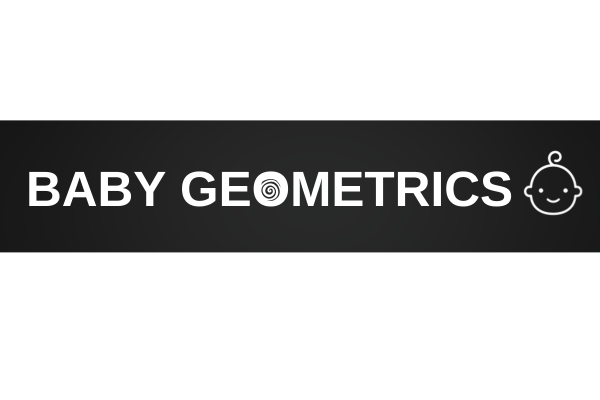When we think of reading readiness, we often picture story time, letter recognition, and phonics. But before any of that can happen, a child's brain must first develop the visual skills necessary to interpret symbols, track lines of text, and distinguish between shapes. This foundational layer begins in infancy with something as simple and powerful as visual play.
What is Visual Play?
Visual play involves activities that stimulate a baby’s visual system. High-contrast patterns, bold shapes, and changing lights or motion all engage an infant's developing eyesight. In the first few months of life, babies respond best to black-and-white images or sharp contrast between colors like red and white. These visual experiences help strengthen the neural pathways between the eyes and the brain.
How Visual Stimulation Supports Pre-Reading Skills
Before children can learn to read, they must develop strong visual discrimination—the ability to notice and compare the features of different objects. Through visual play, babies begin to track movement, identify patterns, and eventually recognize that some shapes are different from others. These skills are essential for recognizing letters and eventually understanding that different letters represent different sounds.
Visual Tracking and Eye Coordination
Visual tracking, or the ability to follow moving objects with the eyes, is another skill built through early play. Reading requires the eyes to smoothly scan from left to right and to focus on one line of text at a time. Babies who engage in visual tracking games, such as following a puppet or watching patterned cards move, are already laying the groundwork for this crucial literacy skill.
Tummy Time and Visual Learning
During tummy time, babies often lift their heads and visually explore the space around them. When paired with high-contrast vision boards or flashcards, this time becomes a dual opportunity to build physical strength and visual engagement. Tummy time with visual stimulation supports focus, attention span, and the ability to shift gaze between objects—all of which are early literacy skills in disguise.
Encouraging Visual Play at Home
-
Use black, white, and red flashcards during playtime.
-
Hang high-contrast images near changing tables or cribs.
-
Use movement and light to attract a baby's gaze.
-
Engage face-to-face, letting your baby study your expressions.
Conclusion: From Sight to Sound to Story
The path to literacy begins long before a child opens their first book. It starts with how they see and process the world around them. Visual play is a vital step in nurturing early literacy, helping babies build the focus, tracking, and visual recognition skills they’ll rely on when it’s time to read. By incorporating simple, intentional visual experiences in your baby's early months, you're not just entertaining them—you're planting the seeds for a lifelong love of learning.

